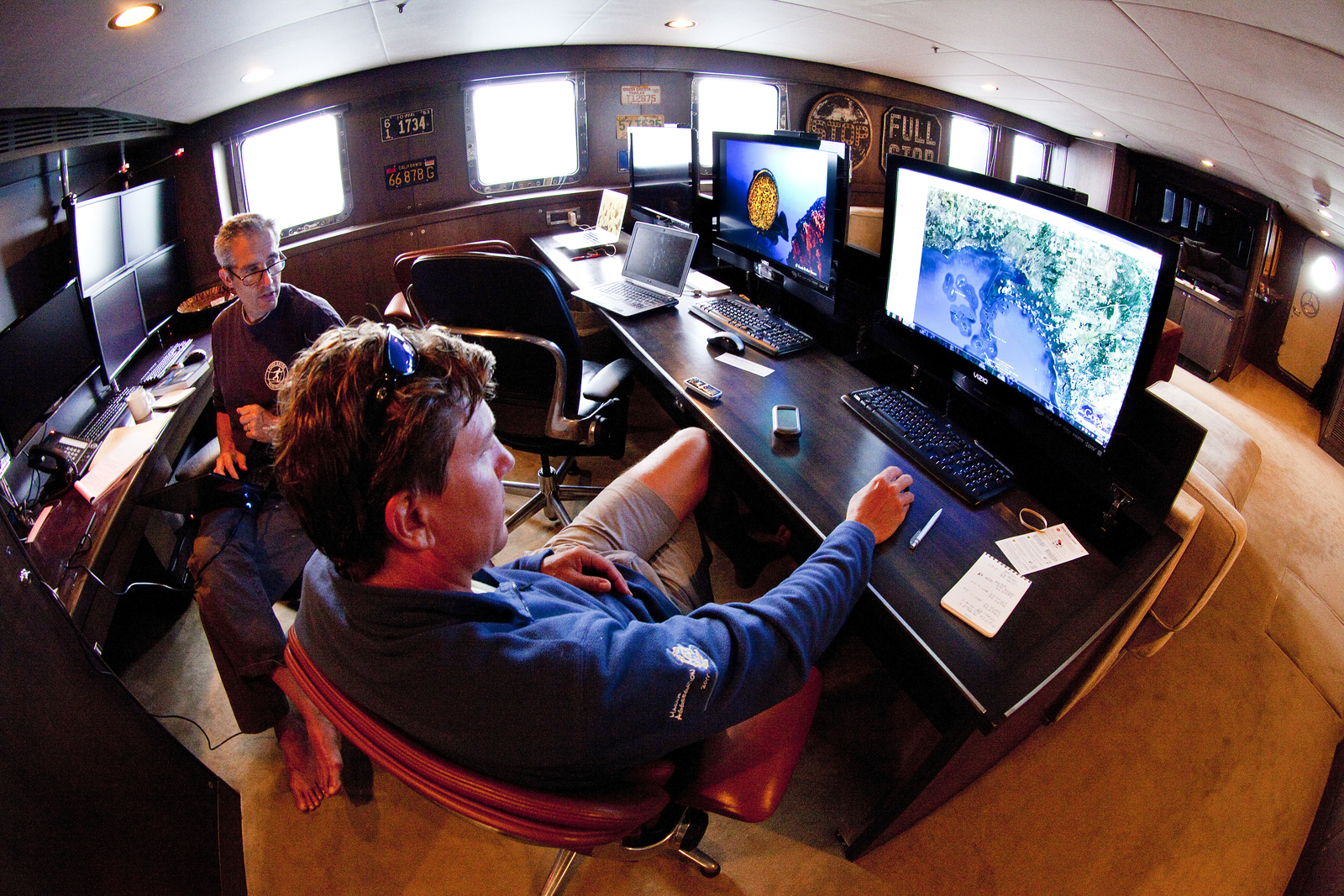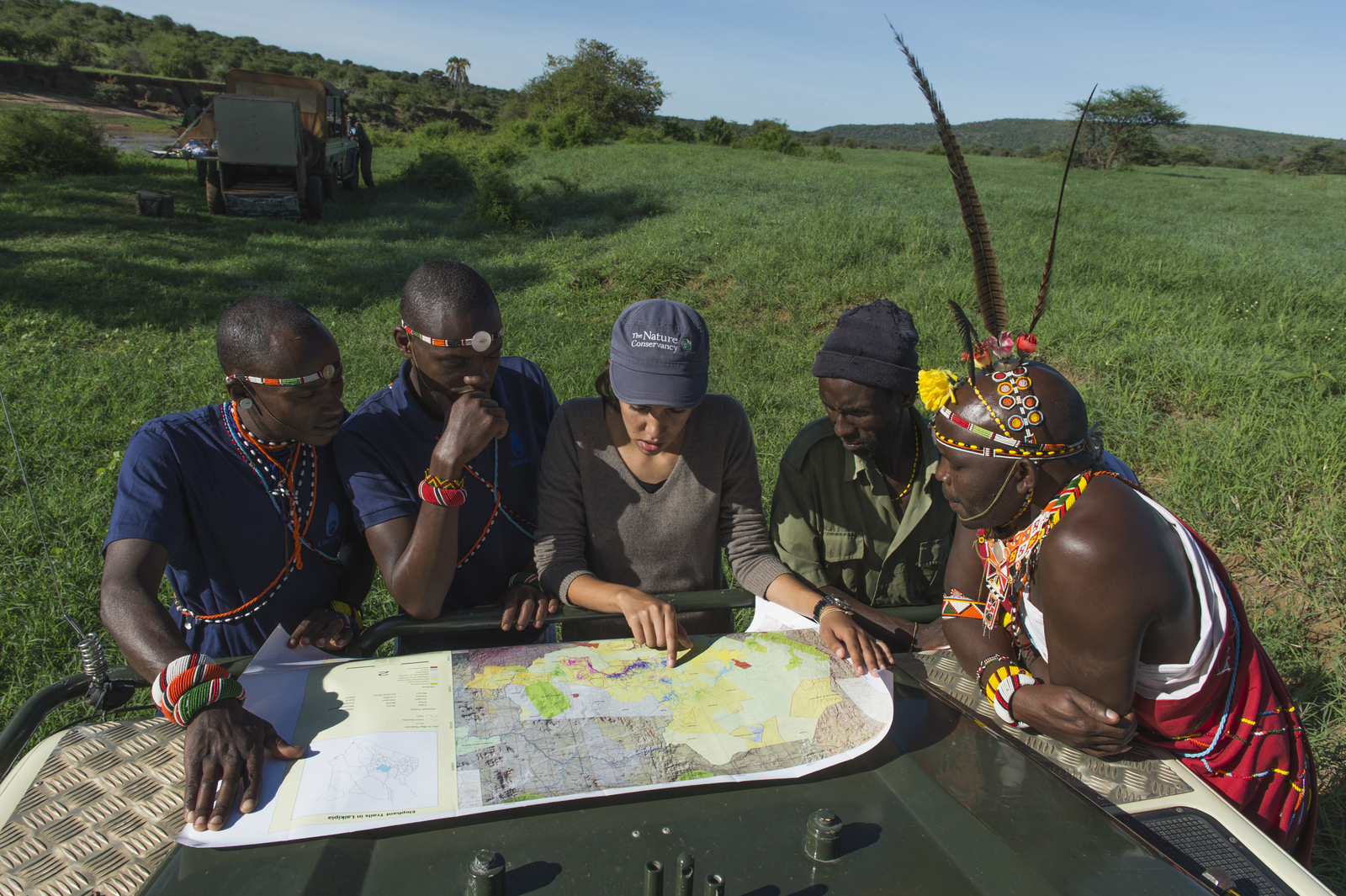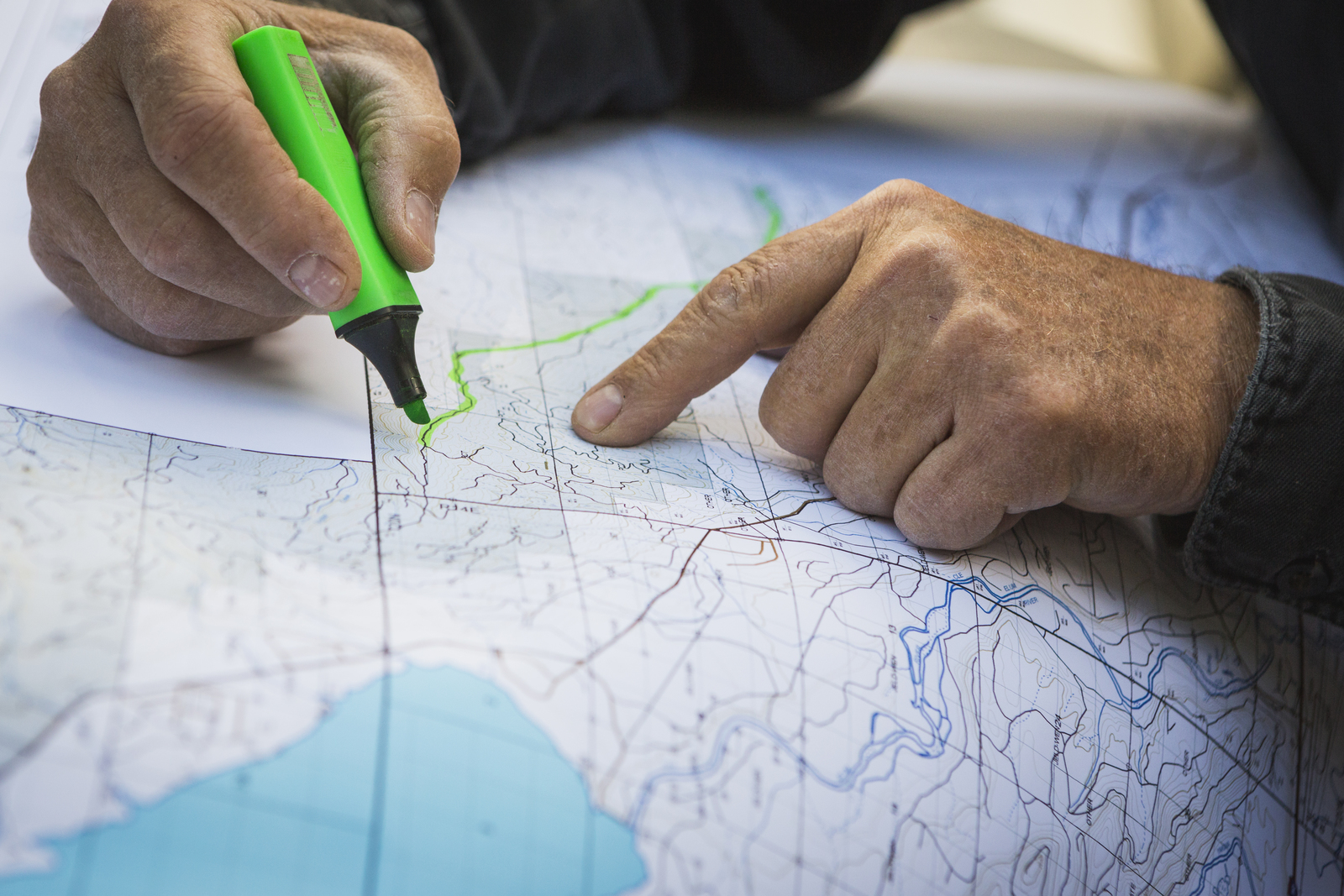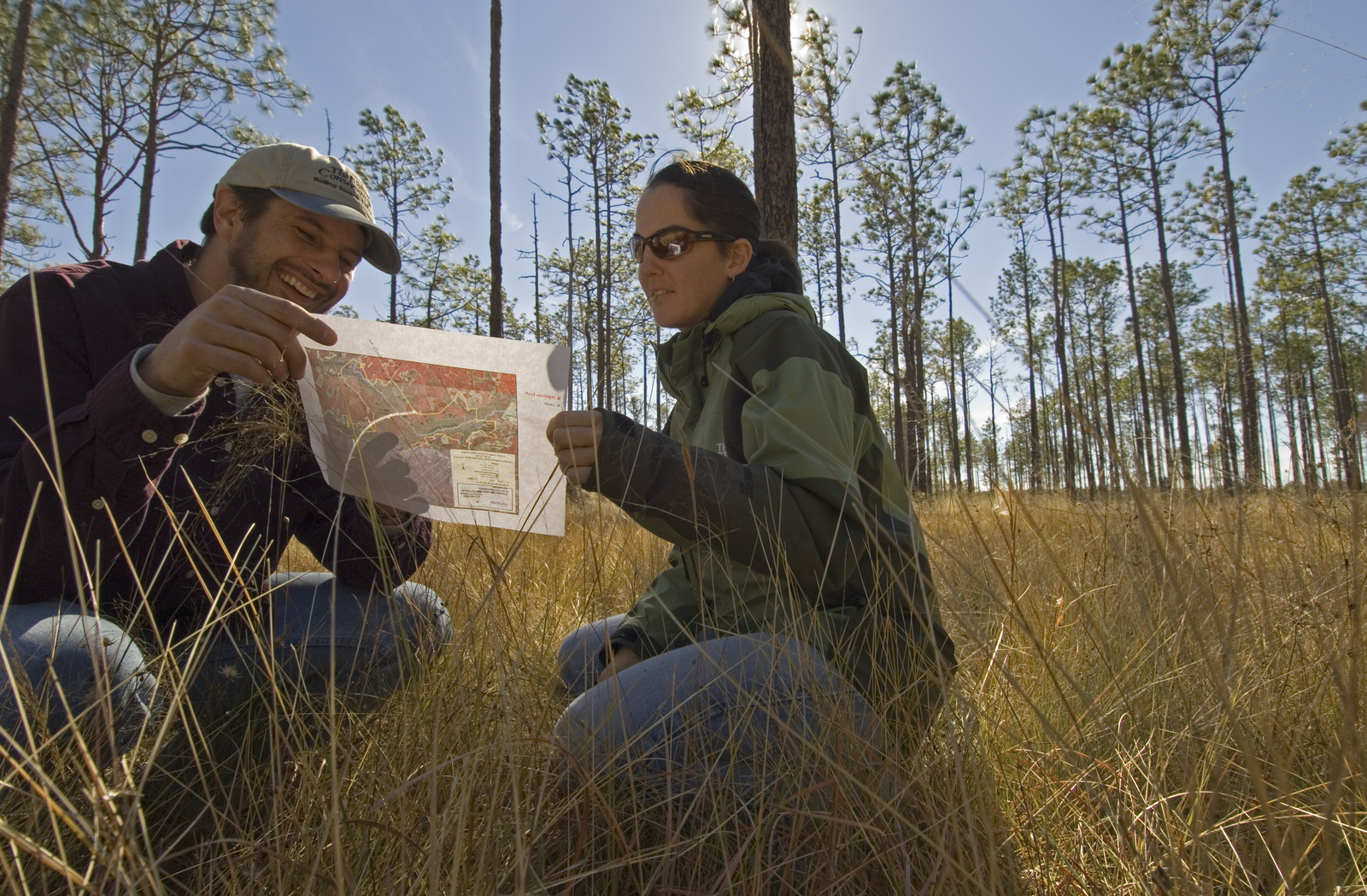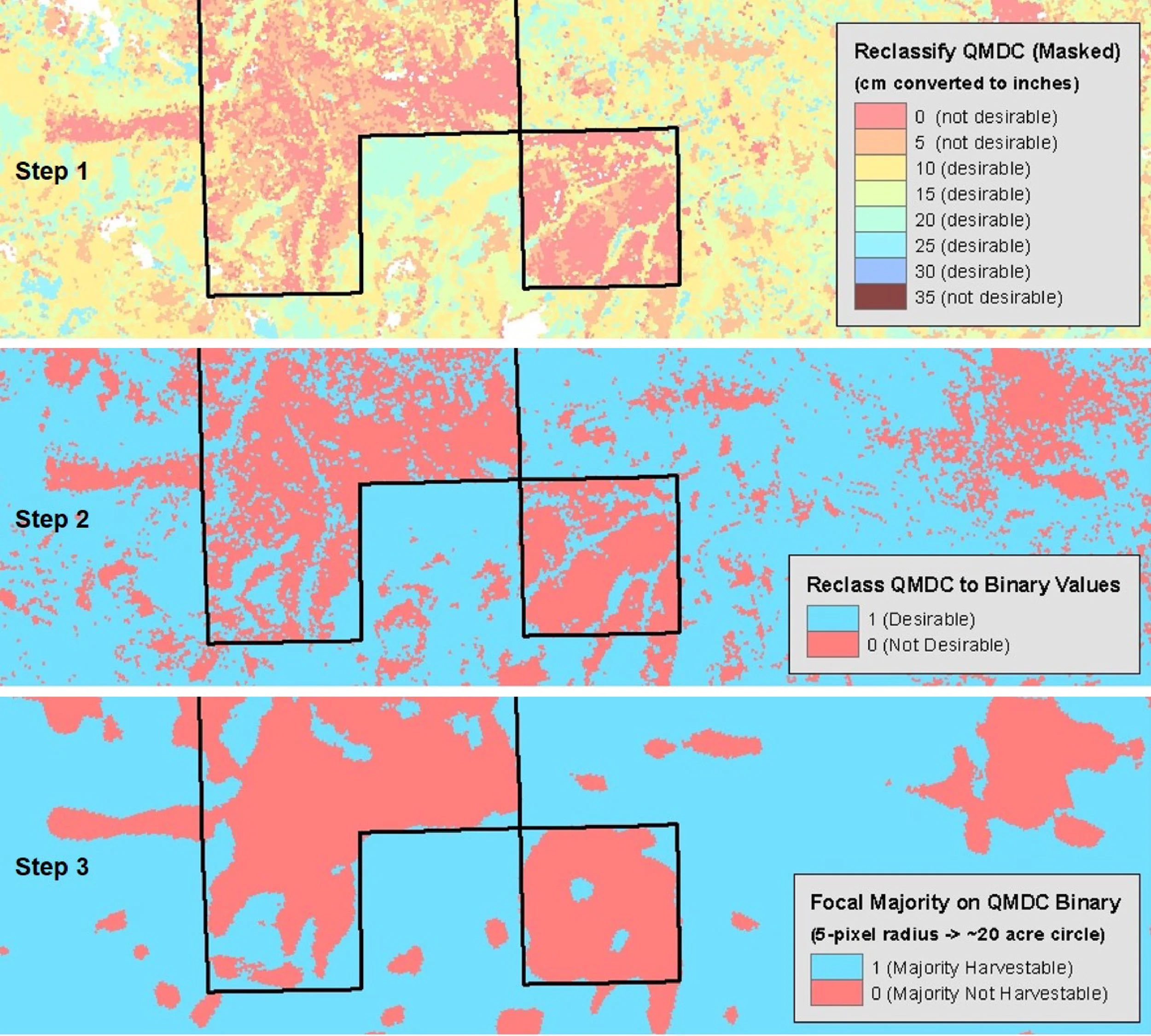by Erica Simek Sloniker, GIS and Visual Communications and Jamie Robertson, Spatial Analyst
What low laying areas in this valley will flood during the next big storm? How many acres of Cascade forests need to be restored in order to prevent big, catastrophic wildfires? Where are the best elk migration corridors in our state?
These questions, and many more, can be answered using geographic informative systems (GIS). GIS is a computer system capable of holding and using data describing places on earth’s surface. It is a powerful tool that allows us to look at the relationships of features on the landscape. With that knowledge, we can make informed decisions about the places and things we care about. Cool! Companies like Google and Microsoft have harnessed the power of GIS in tools like Google Earth, Google Maps, and Bing Maps. Federal and state agencies use GIS to catalog and analyze information from natural resources to census track data. And non-profits, like The Nature Conservancy, use GIS to help solve the toughest environmental questions of the day.
In celebration of GIS Day, November 16th, a day that celebrates the real-world applications of GIS that are making a difference in our society, two GIS professionals from our office sat down for a question and answer session to talk maps and data and to share geography stories. They invite us all to become map lovers!
Q: What is a favorite GIS project you’ve worked on recently?
A (Jamie): An advantage to being a geographer at The Nature Conservancy is that we get to work on so many really cool projects! I’m really excited about stormwater modeling, mapping fire severity throughout the Pacific Northwest, producing numbers to help finance a timber mill project, and modelling coastal vulnerability. And, there are many things I’m leaving out. It’s like winning an Oscar and having to thank everyone I work with on these projects!
Q: Who is your inspiration?
A (Erica): I am a big fan of many past and current cartographers who focus their craft on shaded relief. Shaded relief is a method for representing the peaks and valleys on maps in a natural, aesthetic, and intuitive manner. I also admire people who create infographics with their maps and people who map new and interesting topics.
Q: First mapping memory?
A (Jamie): In grad school, I was contracted by a land owner to map a forest being used for recreation and sustainable forestry in the Appalachian Mountains of North Carolina. I actually got paid to hike the trails and collect coordinates of all the infrastructure and points of interest! The deliverable was a poster size map, which (looking back) ended up being one of the ugliest maps I’ve ever seen.
Q: What books would you recommend for the map enthusiast?
A (Erica): Maphead by Ken Jennings (non-fiction)
A (Jamie): The Mapmakers by John Noble Wilford (non-fiction/history).
Q: How many states/countries have you stepped foot in?
A (Erica): I’ve been to 23 states and 6 countries (Canada, Mexico, Chile, Argentina, Peru, and U.S.)
A (Jamie): All states except LA, MS, Al, AK, and HI. I’ve stepped foot in Chile, Argentina, Peru, Bolivia, Ecuador, Spain, Sweden, Scotland/UK, Canada, South Africa, and China/Tibet, and the U.S., so 12 countries.
Q: What is one place you’ve mapped that you really want to go to!?
A (Jamie): Out of grad school I got a job as a GIS analyst with the National Zoo’s Conservation Research Center in Virginia. They do a lot of work in southeast Asia, and one of my big projects was mapping deforestation in Asian elephant habitat and ranges. I was particularly fascinated by the Upper Brahmaputra River Valley but never had an opportunity to go. The way the river braids and changes from year to year in the Assam area is incredible to witness via satellite imagery, but the upland forests neighboring Bhutan and Myanmar and the highlands leading towards China are what really appeal tome. Maybe someday!
Q: What are you looking forward to as a GIS professional?
A (Jamie): One fundamental thing that a GIS professional can always look forward to is discovery. Although much of the world has been mapped and the entire world is being touched in some way by humans, our senses of place and our understanding of relationships among people and nature provide an infinite world of exploration. Sounds cheesy, but I genuinely feel this way about my work.
Q: What is the power of maps?
A (Erica): Maps and spatial analysis are amazing tools at understanding our world. Not only do they communicate, explain, and reveal information, but most of us remember more through visual learning! The Nature Conservancy uses maps and spatial analysis in just about every conservation project we work on. They are powerful in answering the most pressing environmental questions of the day, which lead to positive conservation impact for both people and nature.






